Home>Articles>How Long Does Fish Last In The Freezer Vacuum-Sealed
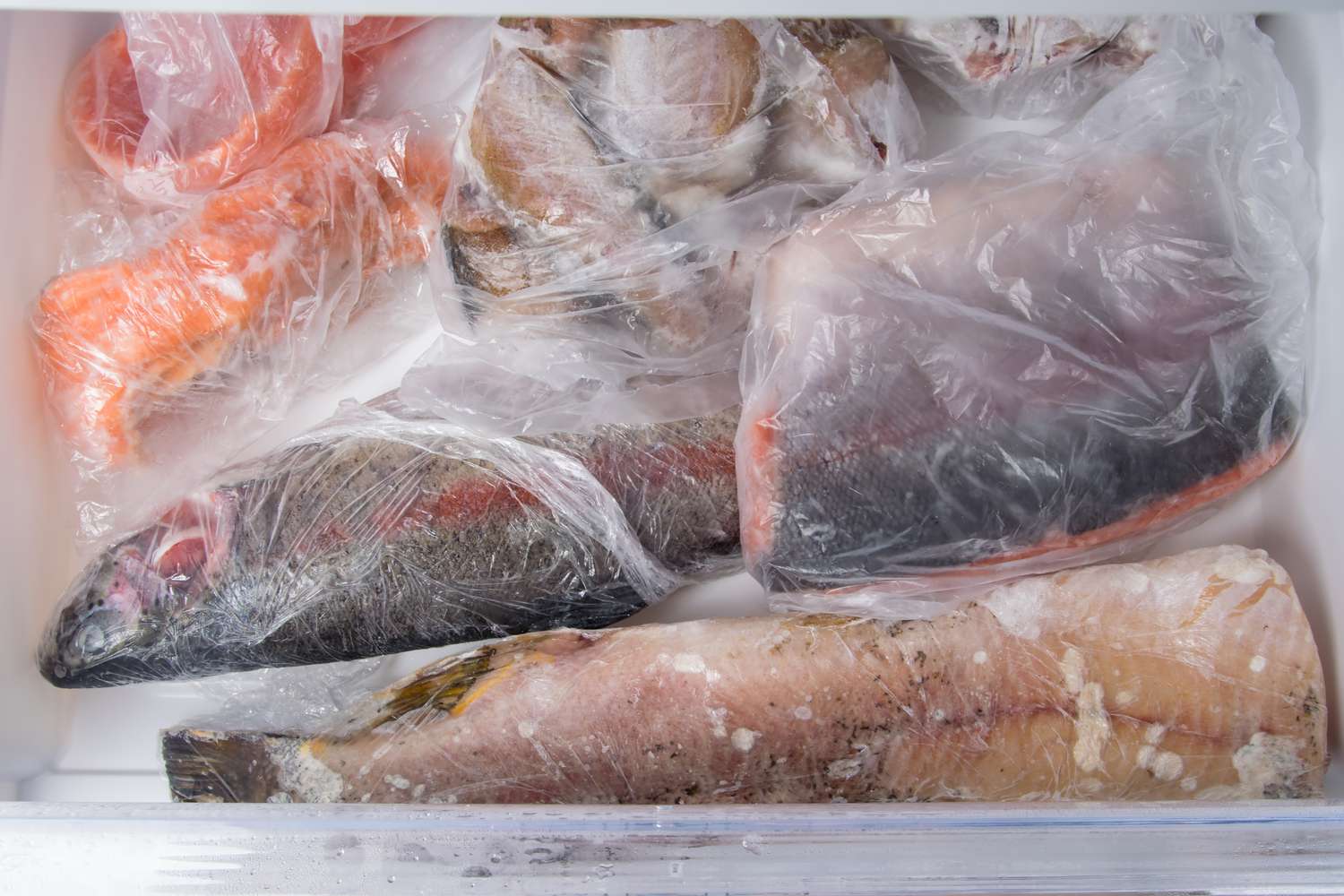

Articles
How Long Does Fish Last In The Freezer Vacuum-Sealed
Modified: January 18, 2024
Discover how long fish can last in the freezer when vacuum-sealed. Read our informative articles for expert insights and tips on freezer storage.
(Many of the links in this article redirect to a specific reviewed product. Your purchase of these products through affiliate links helps to generate commission for Storables.com, at no extra cost. Learn more)
Introduction
When it comes to preserving the freshness and flavor of fish, vacuum-sealing is a popular method. By removing the air and sealing the fish in a tight package, the natural deterioration process is significantly slowed down. This technique not only extends the shelf life of fish but also helps to maintain its texture and taste over an extended period. However, it’s important to understand how long vacuum-sealed fish can last in the freezer to ensure its quality and safety.
Vacuum-sealing is a process in which the air is removed from the packaging before it is sealed tightly. This creates a controlled environment that reduces the growth of bacteria and slows down the oxidation process. By eliminating oxygen exposure, the chances of freezer burn and spoilage are significantly reduced, resulting in fish that retains its freshness and flavor for a longer time.
The shelf life of vacuum-sealed fish in the freezer depends on various factors, including the type of fish, its quality at the time of packaging, and the storage conditions. Fish with a higher fat content tend to have a shorter shelf life compared to leaner varieties. Additionally, the freshness and quality of the fish prior to vacuum-sealing play a crucial role in determining its freezer storage time.
It is important to note that while vacuum-sealing can significantly prolong the shelf life of fish, it is not a foolproof method. Eventually, the fish will start to deteriorate, and consuming spoiled fish can lead to unpleasant consequences such as food poisoning. Therefore, it is crucial to understand the recommended storage time for vacuum-sealed fish and to know the signs of spoilage to ensure food safety.
In the following sections, we will explore the factors that affect the shelf life of vacuum-sealed fish in the freezer, the recommended storage time, the signs of spoilage to watch out for, and the proper techniques for freezing and thawing vacuum-sealed fish. We will also provide practical tips to help you extend the shelf life of your vacuum-sealed fish and make the most out of this preservation method.
Key Takeaways:
- Vacuum-sealing fish in the freezer extends its shelf life by eliminating air exposure, preventing freezer burn, and retaining natural flavors. Proper storage, labeling, and thawing techniques are crucial for preserving the fish’s quality.
- Factors such as fish type, quality at packaging, storage temperature, and time influence the shelf life of vacuum-sealed fish. Adhering to recommended storage times and regularly inspecting for spoilage ensures safe and flavorful consumption.
Understanding Vacuum-Sealed Fish
Vacuum-sealing is a method of packaging and preserving fish that involves removing the air from the package before sealing it tightly. This process creates a vacuum environment, which helps to prevent the growth of harmful bacteria and slows down the oxidation process that causes food spoilage.
By removing the air, vacuum-sealing eliminates the primary elements that contribute to fish deterioration. Air exposure can lead to freezer burn, where the fish’s surface becomes dehydrated and develops a dry, discolored appearance. Vacuum-sealing prevents this by creating a barrier between the fish and the air, keeping the fish’s moisture intact and maintaining its original texture and quality.
In addition to preventing freezer burn, vacuum-sealing also helps to retain the flavor of the fish. Oxygen exposure can lead to the oxidation of fats in the fish, resulting in off-flavors and a decrease in overall taste quality. By eliminating the oxygen, vacuum-sealing helps to preserve the natural flavors of the fish, allowing it to be enjoyed at its peak freshness even after extended periods of freezing.
Another benefit of vacuum-sealing fish is that it prevents cross-contamination in the freezer. By tightly sealing the fish, there is no opportunity for its juices to come into contact with other foods. This reduces the risk of flavor transfer and keeps the fish free from any potential contaminants, ensuring its safety and quality.
It is important to note that while vacuum-sealing can greatly enhance the shelf life of fish, it is not a substitute for proper handling and storage practices. It is essential to start with fresh, high-quality fish, handle it with clean hands and equipment, and maintain the right storage conditions to maximize the benefits of vacuum-sealing.
Overall, vacuum-sealing is a highly effective method for preserving the freshness and flavor of fish in the freezer. By creating a vacuum environment, it protects the fish from air exposure, prevents freezer burn, and helps to retain its natural flavors. Understanding the benefits of vacuum-sealing and how it works is key to ensuring the long-lasting quality of your frozen fish.
Factors Affecting Fish Shelf Life in the Freezer
The shelf life of fish in the freezer is influenced by several factors that can impact its quality and safety. Understanding these factors can help you determine the optimal storage time for your vacuum-sealed fish. Here are some key factors to consider:
- Type of Fish: Different types of fish have varying shelf lives in the freezer. Fatty fish, such as salmon and mackerel, tend to have a shorter shelf life compared to leaner varieties like cod and haddock. The higher fat content in fatty fish makes them more prone to oxidation and rancidity over time, affecting their taste and texture.
- Quality at Packaging: The quality of the fish at the time of vacuum-sealing plays a crucial role in determining its freezer shelf life. Fish that is fresh, properly handled, and stored under optimal conditions prior to packaging will have a longer shelf life compared to fish that is already nearing the end of its freshness. It is important to select high-quality fish and ensure that it is promptly cleaned, gutted, and vacuum-sealed to prolong its freezer life.
- Storage Temperature: The temperature at which the fish is stored in the freezer is critical. It is recommended to keep the freezer temperature at or below 0°F (-18°C). Freezing fish at lower temperatures helps to inhibit bacterial growth and maintain the quality of the flesh. Fluctuations in temperature can cause the fish to thaw and refreeze, which can negatively impact its texture and taste.
- Storage Time: While vacuum-sealing can extend the shelf life of fish, it is not a permanent solution. Over time, even vacuum-sealed fish will begin to deteriorate. It is important to follow the recommended storage times for different types of fish. Generally, vacuum-sealed fish can be stored in the freezer for about 3-6 months. However, it is always best to check guidelines specific to the type of fish you are storing.
- Quality of Freezer: The quality and condition of the freezer itself can impact the shelf life of fish. A freezer that maintains a consistent temperature and has minimal temperature fluctuations is ideal for preserving the quality of the fish. It is also important to ensure that the freezer is clean and free from any odors or contaminants that can affect the flavor of the fish.
By considering these factors, you can determine the ideal storage time for vacuum-sealed fish in your freezer. It is important to keep track of the storage duration and prioritize using the oldest fish first to ensure you enjoy it at its peak quality. Additionally, regularly inspect the fish for any signs of spoilage before consumption to ensure its safety.
Recommended Storage Time for Vacuum-Sealed Fish
When it comes to storing vacuum-sealed fish in the freezer, it is important to follow the recommended storage times to ensure the best quality and flavor. While vacuum-sealing can significantly extend the shelf life of fish, it is not a foolproof preservation method, and fish will eventually deteriorate over time. Here are some guidelines for the recommended storage time of vacuum-sealed fish:
- Fatty Fish: Fatty fish, such as salmon, trout, and mackerel, have a shorter freezer life compared to leaner fish. It is recommended to consume vacuum-sealed fatty fish within 2-3 months for the best eating experience. After this time, the fish may start to lose its natural oils and develop off-flavors.
- Lean Fish: Lean fish, such as cod, halibut, and snapper, have a longer freezer life compared to fatty fish. Vacuum-sealed lean fish can be safely stored for up to 6 months in the freezer without compromising its quality and taste. However, it is always a good practice to consume the fish sooner rather than later to enjoy it at its freshest.
- Shellfish: Shellfish, including shrimp, scallops, and lobster, can also be vacuum-sealed and stored in the freezer. The recommended storage time for vacuum-sealed shellfish is generally around 3-6 months. It is important to note that shellfish can deteriorate more quickly than fish, so it is wise to adhere to the shorter end of the storage time.
- Smoked Fish: Smoked fish, such as smoked salmon or trout, can also be vacuum-sealed for freezer storage. The recommended storage time for vacuum-sealed smoked fish is around 3-4 months. It is important to check for any signs of spoilage, such as off-putting odors or changes in texture, before consuming smoked fish that has been stored for an extended period.
It is important to remember that these recommended storage times are general guidelines. Factors such as the freshness of the fish at the time of vacuum-sealing, the storage temperature, and the quality of the packaging can all influence the actual shelf life of the fish. It is always a good practice to label the vacuum-sealed fish with the date of packaging and to keep track of the storage duration to ensure you consume the fish within the recommended time frame.
By adhering to the recommended storage times, you can ensure that your vacuum-sealed fish stays fresh, flavorful, and safe to consume. Properly storing and rotating your freezer stock will help you enjoy the highest quality fish for your culinary creations and seafood delights.
When vacuum-sealed and properly stored in the freezer, fish can last for up to 2 years. Be sure to label the packaging with the date to keep track of its freshness.
Signs of Spoiled Vacuum-Sealed Fish
While vacuum-sealing can significantly prolong the shelf life of fish in the freezer, it is important to be aware of the signs that indicate the fish has spoiled. Consuming spoiled fish can lead to foodborne illnesses and unpleasant dining experiences. Here are some common signs to look out for:
- Off-putting Odor: One of the first signs of spoiled fish is a strong, unpleasant odor. Fresh fish should have a mild, oceanic smell. If the vacuum-sealed fish has a sour, ammonia-like, or rancid smell, it is likely spoiled and should be discarded.
- Changes in Texture: Spoiled fish may exhibit changes in texture. The flesh of fresh fish is firm, resilient, and moist. If the vacuum-sealed fish appears slimy, mushy, or has a sticky surface, it is a clear indication of spoilage. Similarly, if the fish has a dry, tough, or discolored appearance, it is best to avoid consuming it.
- Discoloration: Fresh fish typically has vibrant and uniform coloration. However, spoiled fish may display abnormal coloring. Look for any significant changes, such as patches of gray, brown, or green discoloration, as these are signs that the fish has started to spoil.
- Unusual Taste: Fresh fish has a clean, mild, and pleasant taste. If the vacuum-sealed fish tastes overly fishy, bitter, or has an off-flavor, it is likely spoiled. Discontinue consumption and discard the fish to avoid any potential health risks.
- Bulging or Leaking Packaging: When inspecting vacuum-sealed fish, check for any bulging or leaking packaging. This could indicate that there is microbial activity inside the package, leading to spoilage. It is best to err on the side of caution and discard fish with compromised packaging.
If you notice any of these signs of spoilage in your vacuum-sealed fish, it is crucial to discard it immediately. Consuming spoiled fish can lead to foodborne illnesses, including nausea, vomiting, diarrhea, and stomach discomfort. It is important to prioritize food safety and ensure that you only consume fish that is fresh, properly stored, and has not exceeded the recommended storage time.
By being aware of these signs and regularly inspecting your vacuum-sealed fish, you can enjoy safe and delicious seafood dishes while minimizing the risk of consuming spoiled or contaminated fish.
Read more: How Long Can Fish Last In The Freezer
Proper Freezing and Thawing Techniques for Vacuum-Sealed Fish
Proper freezing and thawing techniques are essential for maintaining the quality and safety of vacuum-sealed fish. By following these guidelines, you can ensure that your fish retains its freshness, texture, and flavor. Here are some tips to help you freeze and thaw vacuum-sealed fish:
Freezing Techniques:
- Preparation: Before vacuum-sealing the fish, ensure it is properly cleaned, gutted, and filleted. Remove any excess moisture with a paper towel to prevent ice crystals from forming inside the packaging.
- Wrap and Seal: Place the fish in a suitable vacuum-sealer bag or wrap it tightly in plastic wrap to create an airtight seal. Make sure to remove any excess air from the package to prevent freezer burn and prolong the shelf life.
- Labeling: Label the package with the date of freezing to keep track of its storage duration. This will help you prioritize older fish and ensure you consume it within the recommended storage time.
- Freezer Placement: Place the vacuum-sealed fish in the coldest part of the freezer. This will ensure a consistent and optimal freezing temperature, preserving the fish’s quality and texture.
- Uniform Freezing: Arrange the vacuum-sealed fish in a single layer for faster and more efficient freezing. If freezing multiple packages, leave enough space between them to allow for proper airflow and even freezing.
Thawing Techniques:
- Refrigerator Thawing: The recommended method for thawing vacuum-sealed fish is gradual refrigerator thawing. Place the sealed fish in the refrigerator and allow it to thaw slowly over time. This method ensures safe thawing, minimizes moisture loss, and maintains the fish’s quality. Depending on the size of the fish, thawing can take anywhere from a few hours to overnight.
- Cold Water Thawing: If you need to thaw the fish more quickly, you can use the cold water thawing method. Ensure the vacuum-sealed fish is in a leak-proof bag, then submerge it in a bowl of cold water. Change the water every 30 minutes to maintain a cold temperature. Thawing time will vary based on the size and thickness of the fish, but it is generally faster than refrigerator thawing.
- Avoid Room Temperature Thawing: It is important to avoid thawing vacuum-sealed fish at room temperature as this can promote bacterial growth and compromise food safety. Thawing at room temperature can also lead to uneven thawing and a loss of quality in the fish.
By following these proper freezing and thawing techniques, you can preserve the freshness and quality of vacuum-sealed fish. Both during freezing and thawing, it is crucial to handle the fish with clean hands and equipment to minimize the risk of contamination. Remember to cook the thawed fish promptly to fully enjoy its delicious flavors and maintain its safety.
Tips for Extending the Shelf Life of Vacuum-Sealed Fish
To maximize the shelf life of vacuum-sealed fish in the freezer, it’s important to follow proper storage practices. With these tips, you can ensure that your fish stays fresh, flavorful, and safe to consume for an extended period:
- Select High-Quality Fish: Start with fresh, high-quality fish when vacuum-sealing for freezer storage. The fresher the fish, the longer it will retain its quality and flavor. If possible, purchase fish from reputable sources and ensure it is properly handled and stored before vacuum-sealing.
- Properly Clean and Prepare the Fish: Clean and gut the fish thoroughly before vacuum-sealing. Remove any scales, entrails, and fins. Rinse the fish under cold water, pat it dry with a paper towel, and ensure there is no excess moisture before packaging. This helps to prevent ice crystals and maintain the texture of the fish.
- Invest in Quality Packaging Materials: Use high-quality vacuum-sealer bags or plastic wrap to tightly seal the fish. Ensure that the packaging material is thick, durable, and specifically designed for freezer storage. Properly sealed packages prevent air from entering and protect the fish from freezer burn.
- Optimal Storage Conditions: Store vacuum-sealed fish in the coldest part of your freezer, ideally at or below 0°F (-18°C). Maintaining a consistent and low temperature helps preserve the quality and texture of the fish. Avoid frequent freezer door opening, as it can cause temperature fluctuations and impact the longevity of the fish.
- Organize and Rotate Your Stock: Keep your freezer organized and practice the “first in, first out” method. Place the newest packages at the back of the freezer and the older ones at the front. This will ensure that you use the oldest fish first and prevent it from exceeding the recommended storage time.
- Avoid Temperature Fluctuations: Minimize temperature fluctuations in the freezer by not overloading it with too many items or leaving it open for extended periods. Fluctuating temperatures can affect the quality of the fish and lead to freezer burn. Keep the freezer door closed as much as possible.
- Properly Thaw the Fish: When it’s time to thaw the vacuum-sealed fish, use the recommended thawing methods such as gradual refrigerator thawing or cold water thawing. Avoid thawing at room temperature as it can promote bacterial growth and compromise food safety. Thawed fish should be used immediately or cooked promptly.
- Regularly Inspect for Spoilage: Regularly check your vacuum-sealed fish for any signs of spoilage, such as off-putting odors, changes in texture, or unusual discoloration. If you notice any signs of spoilage, discard the fish immediately to prevent any potential health risks.
By following these tips, you can extend the shelf life of vacuum-sealed fish in the freezer and ensure that it retains its quality and taste for a longer time. Proper handling, storage, and thawing techniques are key to enjoying delicious and safe seafood dishes whenever you desire.
Conclusion
Vacuum-sealing fish is an effective method for preserving its freshness, flavor, and texture in the freezer. By removing the air and sealing the fish tightly, this technique slows down the deterioration process and extends the shelf life. Understanding the factors that affect the shelf life of vacuum-sealed fish and following proper storage practices are essential for maintaining its quality and safety.
Factors such as the type of fish, its quality at the time of packaging, storage temperature, and storage time all play a role in determining how long the fish can be safely kept in the freezer. It is important to adhere to the recommended storage times and regularly check for signs of spoilage to ensure that the fish remains fresh and safe to consume.
Proper freezing and thawing techniques are crucial for preserving the quality of vacuum-sealed fish. By ensuring the fish is clean and properly prepared before vacuum-sealing, using high-quality packaging materials, and adhering to recommended thawing methods, you can maintain the fish’s flavor and texture before enjoying it in your favorite recipes.
Additionally, implementing tips such as selecting high-quality fish, organizing and rotating your freezer stock, avoiding temperature fluctuations, and regularly inspecting for spoilage can further extend the shelf life of vacuum-sealed fish. These practices help to ensure that your fish stays fresh and flavorful for an extended period.
In conclusion, vacuum-sealing is a valuable technique for preserving the quality and freshness of fish in the freezer. By understanding the recommended storage times, signs of spoilage, and proper handling techniques, you can make the most out of vacuum-sealed fish and enjoy delicious seafood meals whenever you desire.
Frequently Asked Questions about How Long Does Fish Last In The Freezer Vacuum-Sealed
Was this page helpful?
At Storables.com, we guarantee accurate and reliable information. Our content, validated by Expert Board Contributors, is crafted following stringent Editorial Policies. We're committed to providing you with well-researched, expert-backed insights for all your informational needs.
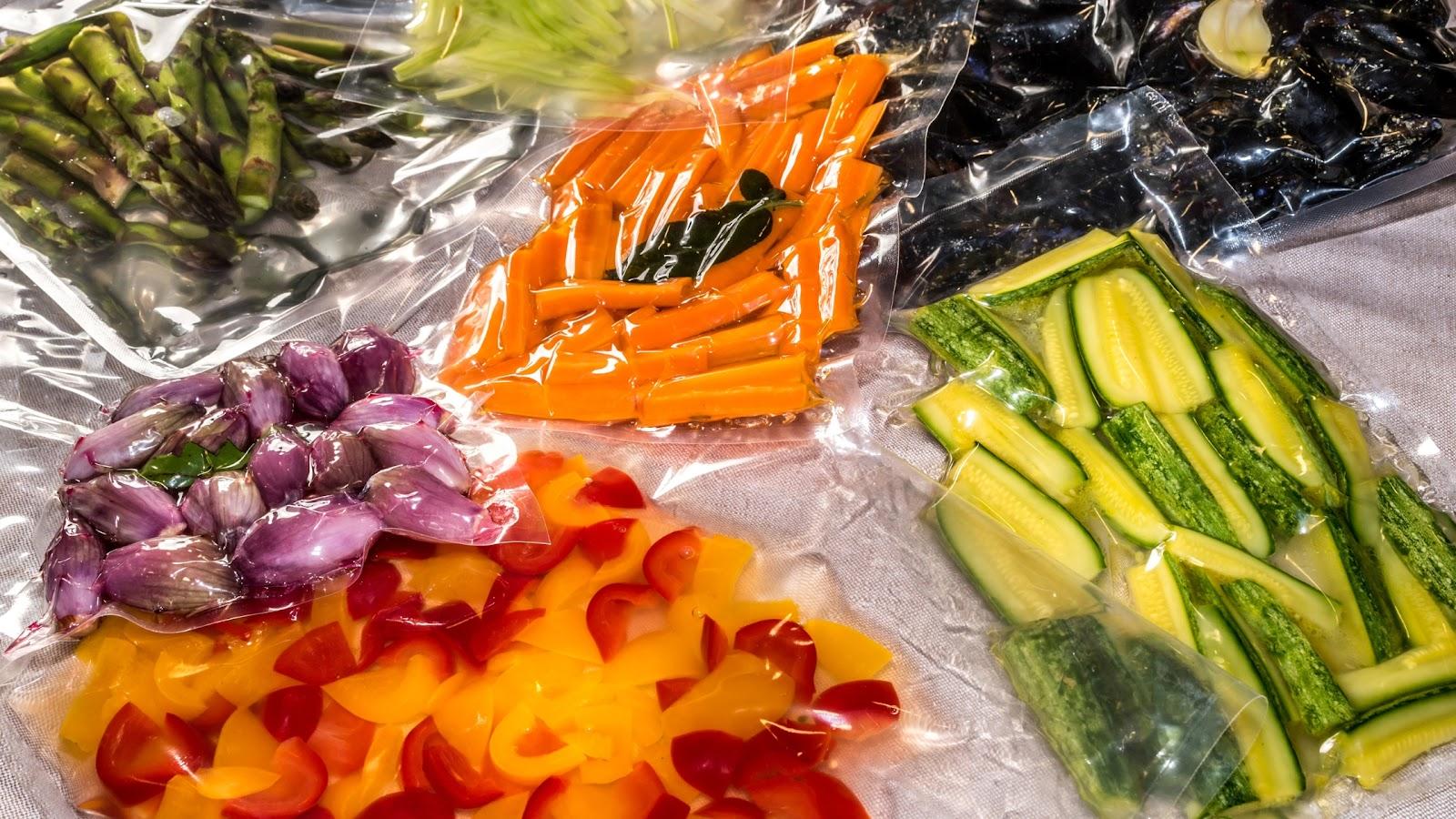
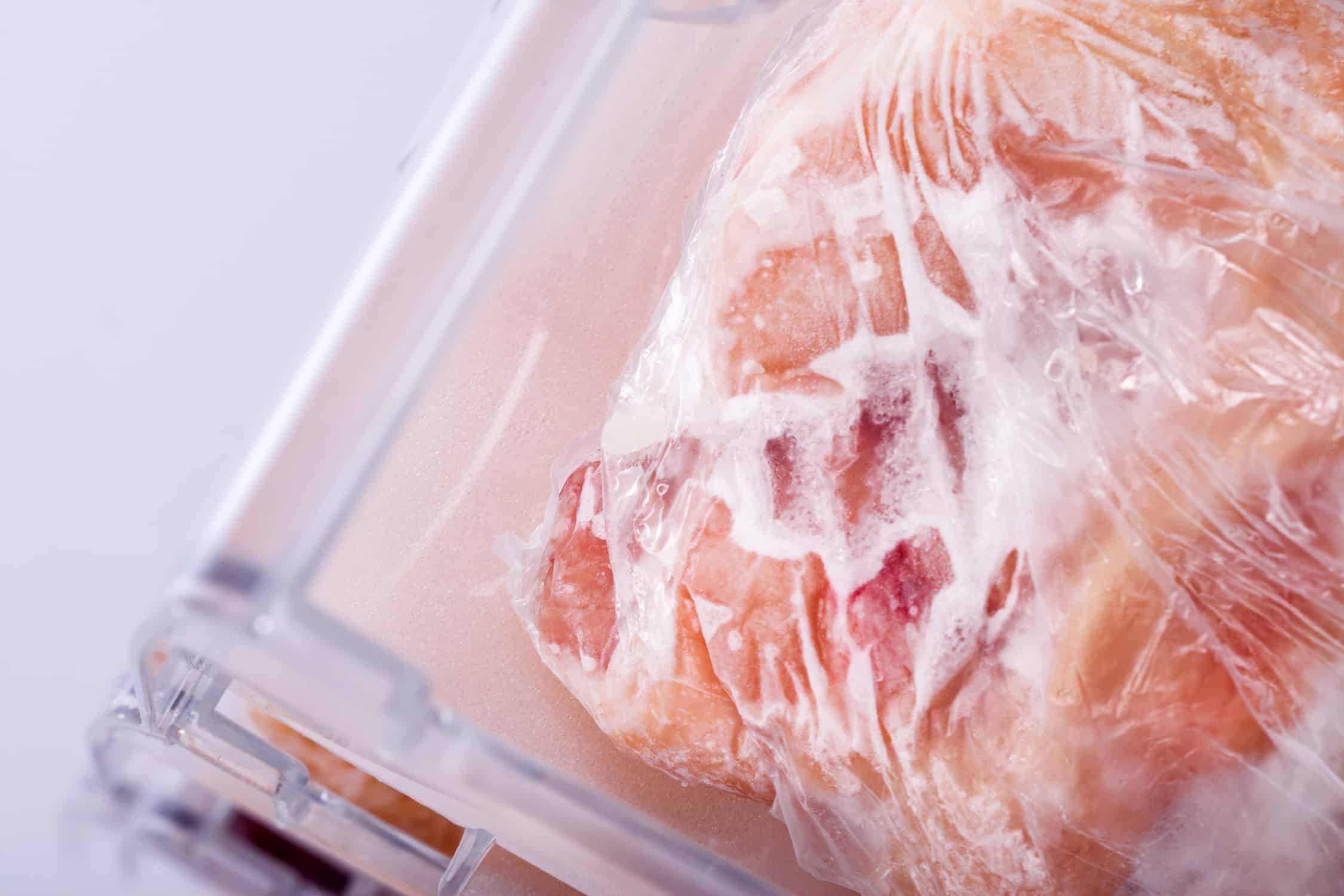
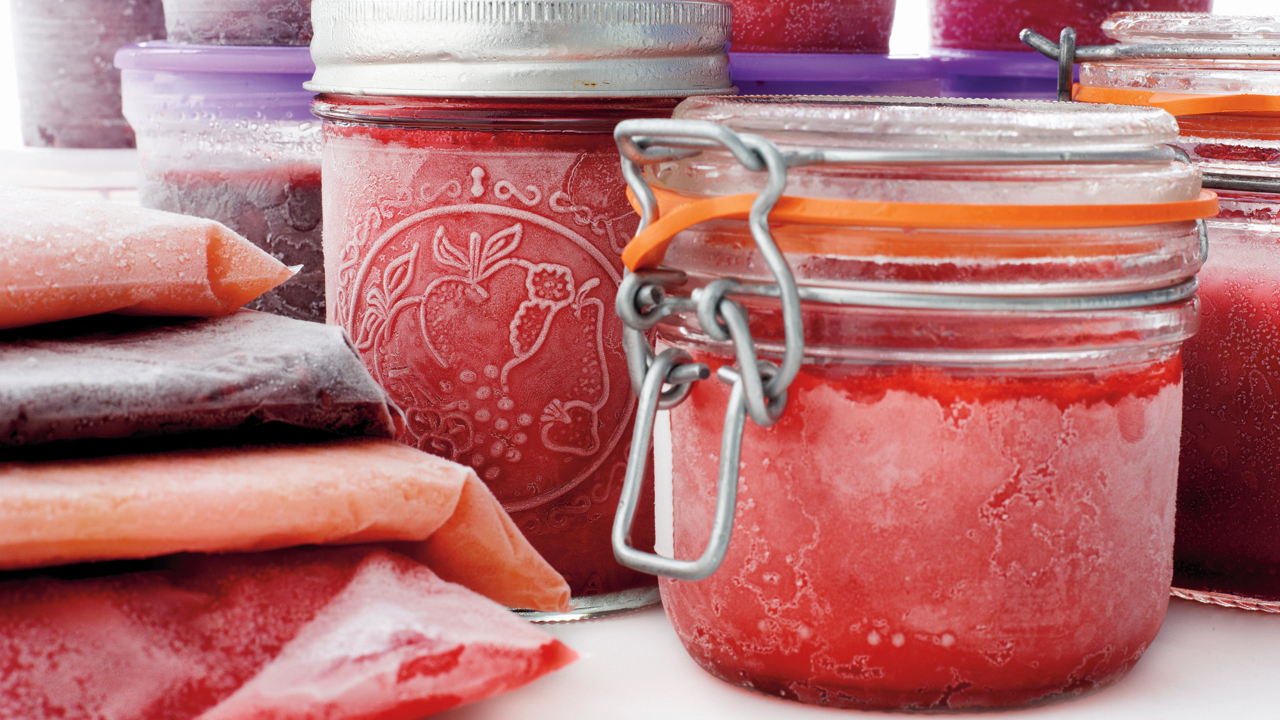

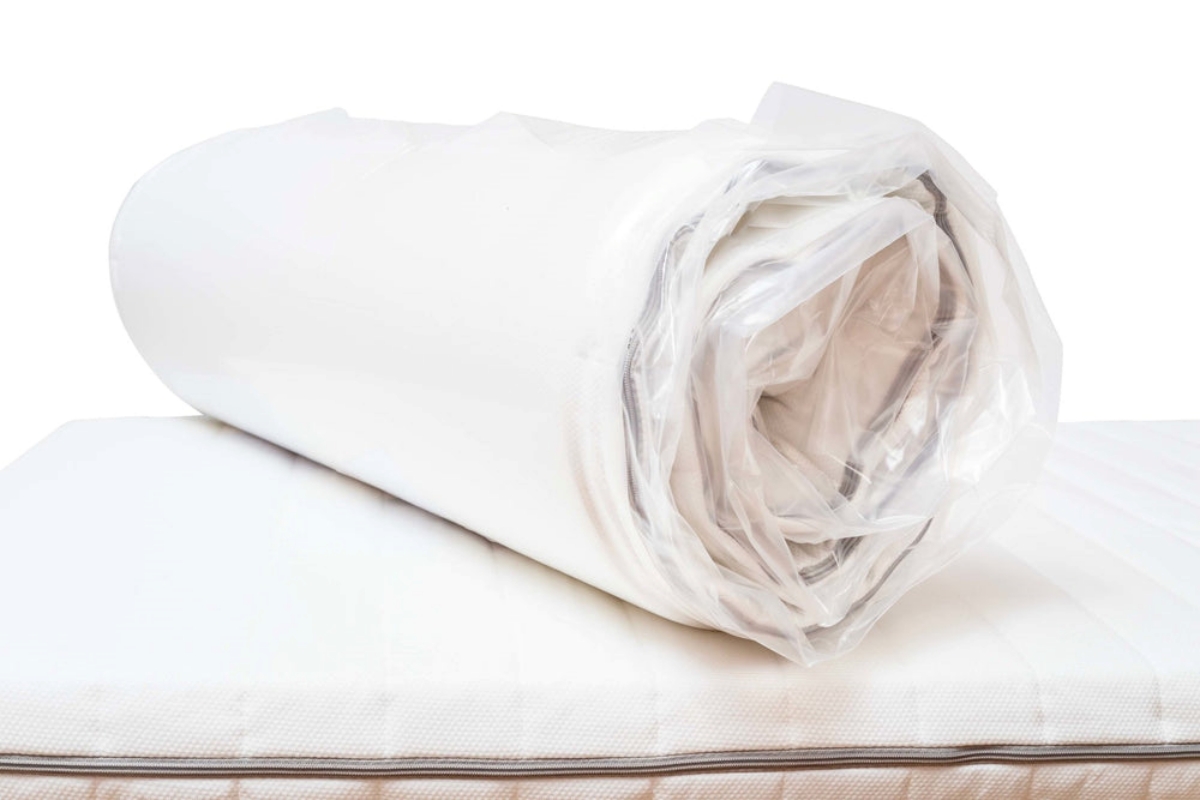

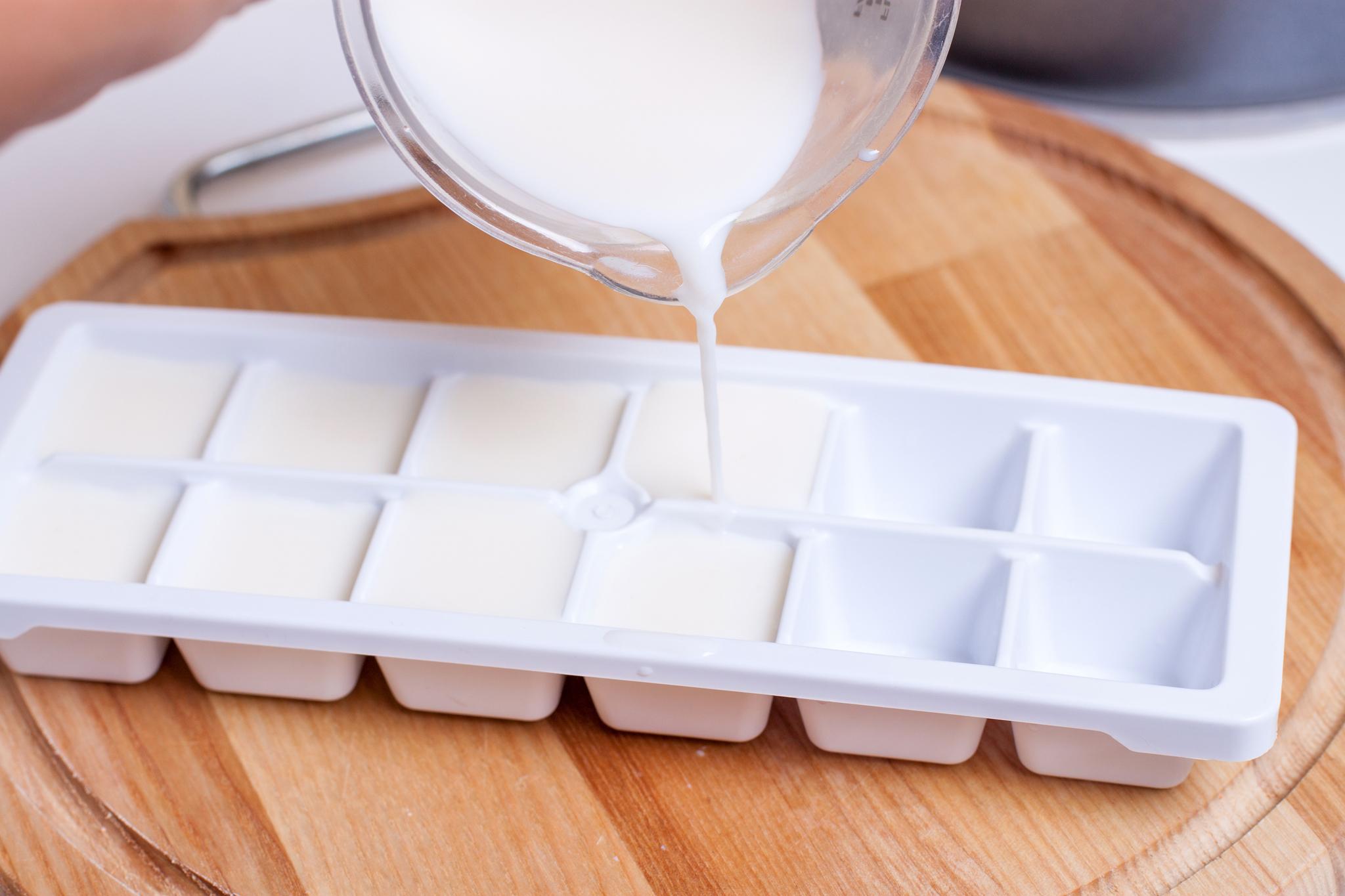
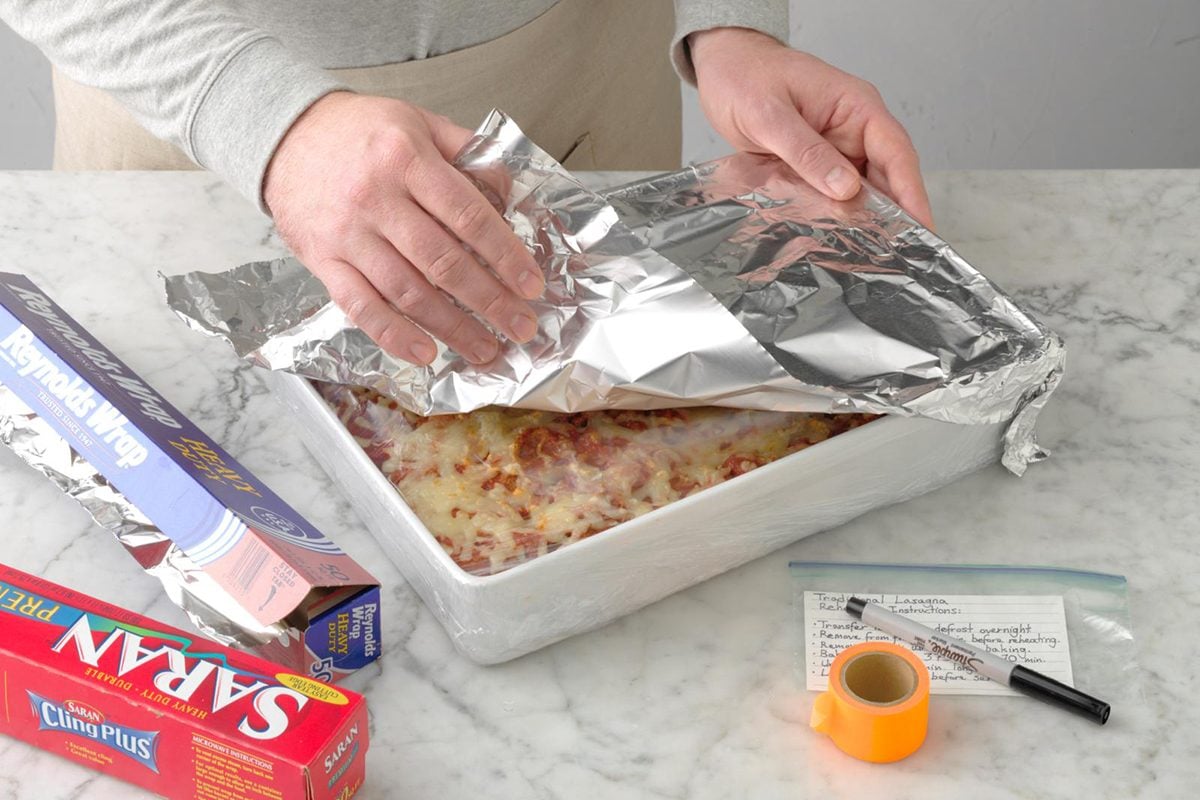
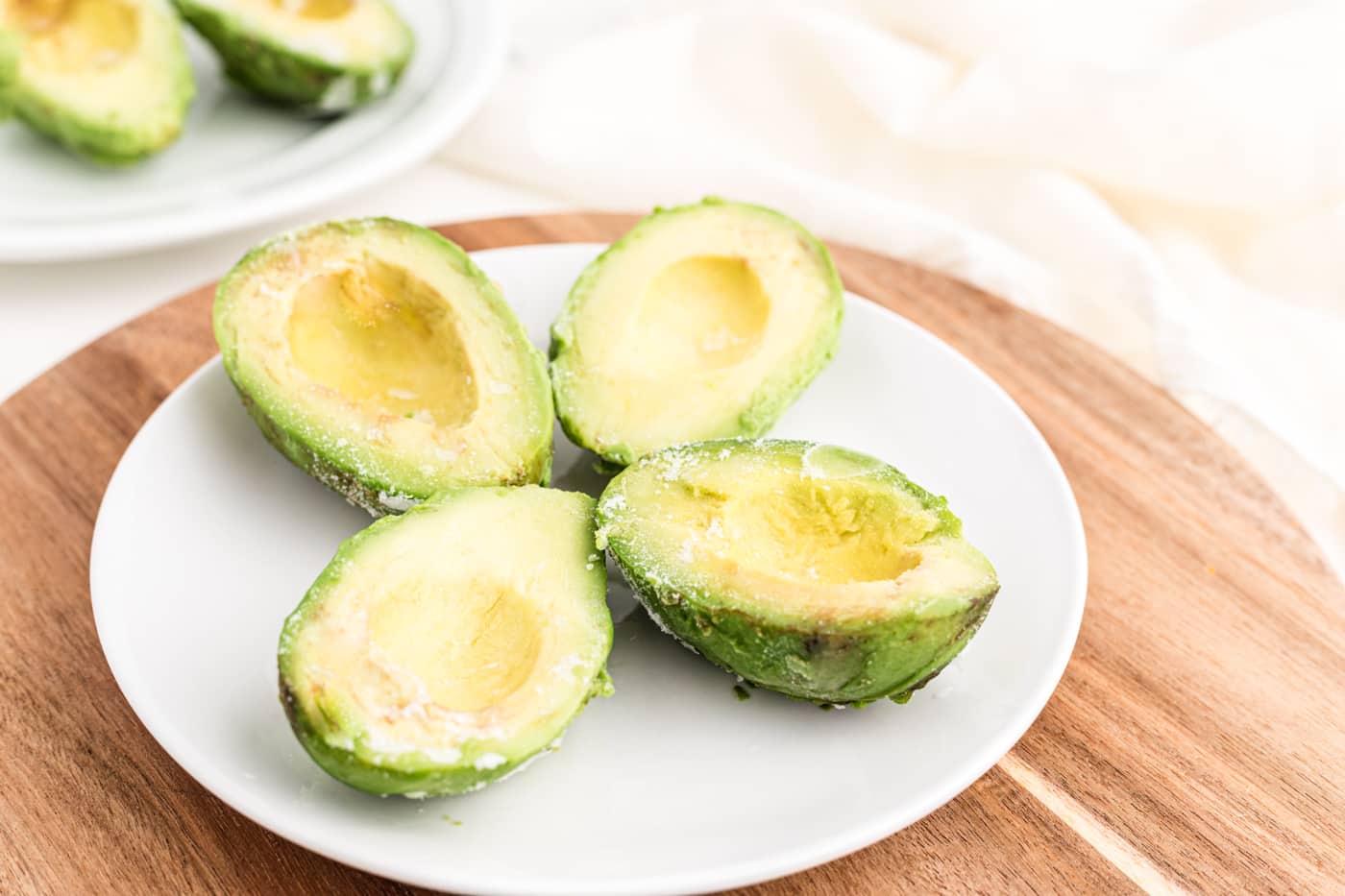
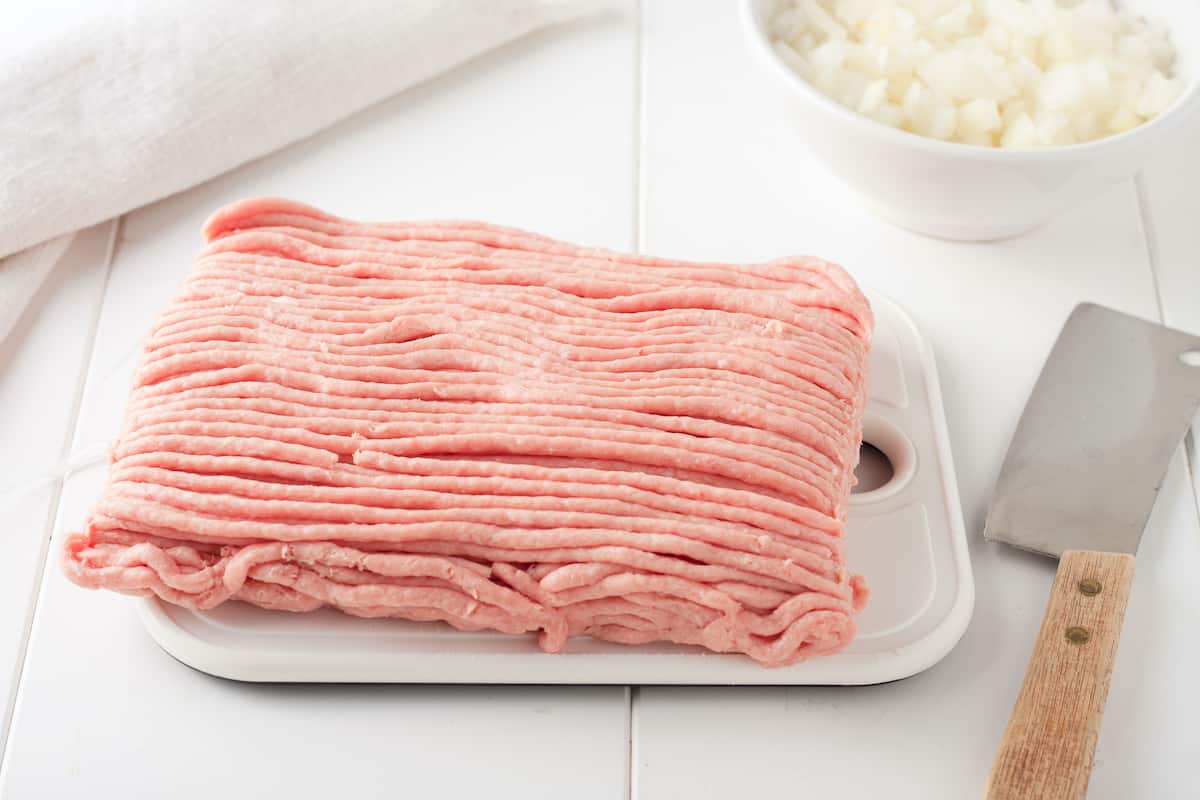
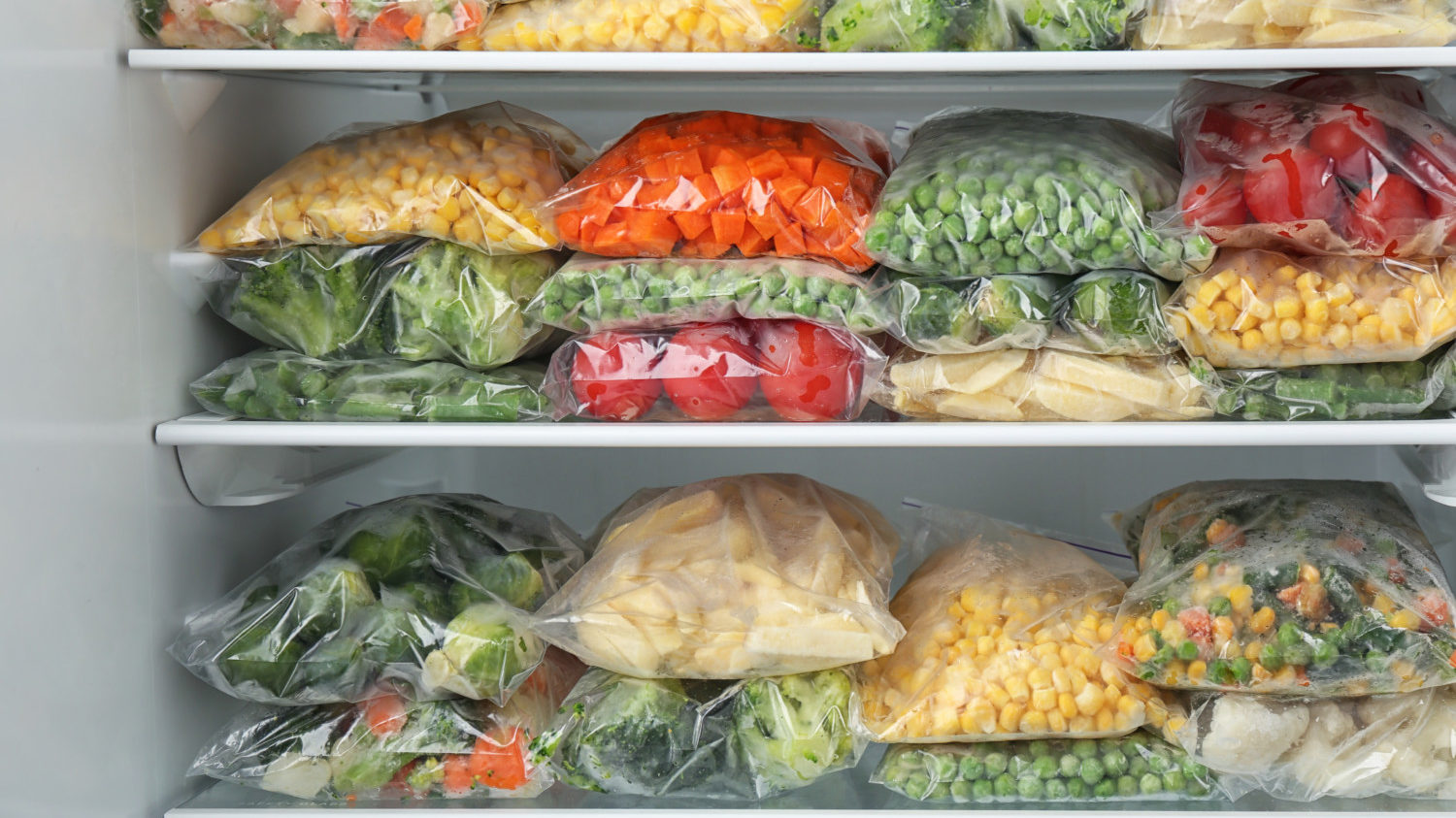


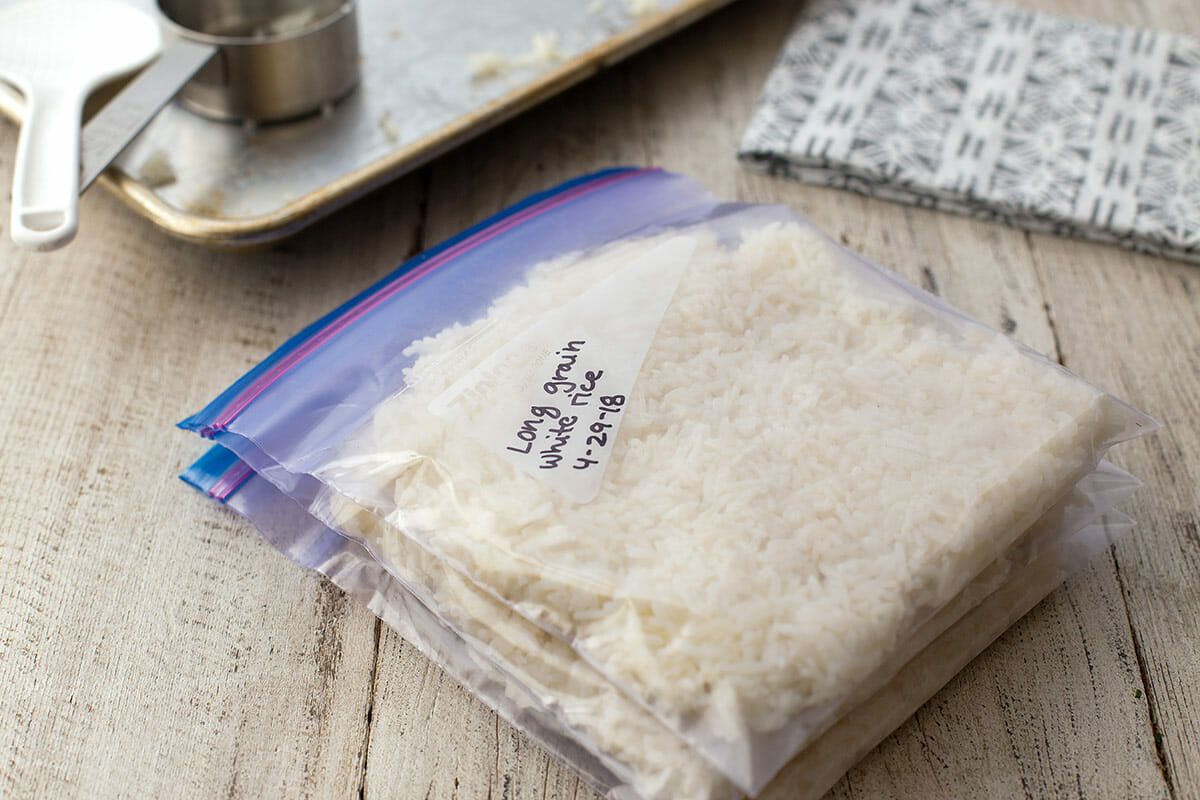

0 thoughts on “How Long Does Fish Last In The Freezer Vacuum-Sealed”